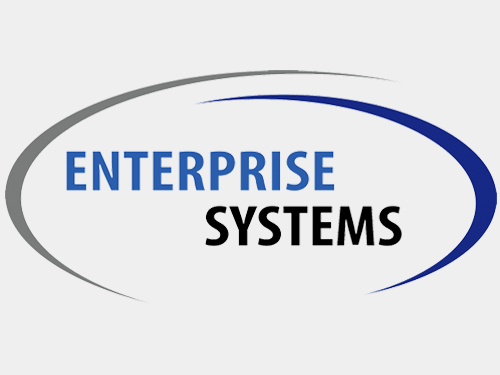Introduction:
Enterprise systems have undergone a significant evolution over the years, transitioning from traditional legacy systems to modern cloud-based solutions. This evolution has been driven by technological advancements, changing business needs, and the emergence of new paradigms in computing. In this essay, we will explore the key milestones in this evolution and discuss the advantages and challenges associated with each stage.
1. Legacy Systems:
Legacy enterprise systems represent the traditional on-premises software and hardware infrastructure that organizations use to manage their operations. Typically, these systems were difficult to maintain, had high maintenance costs, and had limited scalability. Legacy systems were often built on outdated technology stacks, making them difficult to adapt to changing business needs. Despite their shortcomings, legacy systems served as the backbone of many enterprises for decades, facilitating the administration of accounting, human resources, and supply chain operations.
2. Client-Server Architecture:
It is well known that the advent of client-server architecture marked a significant milestone in the evolution of enterprise systems. This architecture allowed organizations to decentralize their computing resources, improving their flexibility and scalability. Through the use of distributed networks of servers and client devices, client-server systems replaced monolithic mainframe setups. By utilizing this architecture, enterprise applications could be developed in a modular and scalable manner, thus laying the foundation for continuing innovation in the future.
3. ERP and Integrated Systems:
A solution to the fragmentation of enterprise operations was the introduction of enterprise resource planning (ERP) systems. A unified platform was created by integrating various business functions into one, such as finance, manufacturing, and customer relationship management. The implementation of these systems streamlined processes, enhanced data visibility, and improved organizational decision-making. Traditionally, ERP implementations were costly and time-consuming, with extensive customization required to meet each organization’s specific needs.
4. Rise of Cloud Computing:
The advent of cloud computing revolutionized the way enterprises deploy and manage their IT infrastructure. Cloud-based solutions were an attractive alternative to on-premises systems that provided cost-effectiveness, flexibility, and scalability. Organizations can now utilize cloud services on a pay-as-you-go basis rather than investing in physical hardware and software licenses. Businesses of all sizes have been able to compete on an equal playing field thanks to this shift in access to enterprise-grade technology.

5. SaaS and Digital Transformation:
Software as a service (SaaS) emerged as a dominant delivery model for enterprise applications, allowing organizations to access software over the Internet on a subscription basis. SaaS offerings include CRM, human resource management, and enterprise resource planning. SaaS solutions enable organizations to reduce upfront costs, minimize IT overhead, and accelerate the time-to-market for new initiatives. Moreover, SaaS facilitates digital transformation efforts by allowing organizations to modernize their operations and adopt emerging technologies such as artificial intelligence and machine learning.
6. Hybrid and Multi-Cloud Environments:
Many organizations have adopted hybrid and multi-cloud strategies to leverage the strengths of multiple cloud providers while minimizing risks, such as vendor lock-in and concerns regarding data sovereignty. A hybrid cloud environment combines on-premises infrastructure with public and private cloud services, allowing organizations to maintain control over sensitive data while utilizing the scalability and flexibility of the cloud. The multi-cloud environment, on the other hand, uses services from multiple cloud providers to avoid reliance on a single vendor and optimize performance, cost, and resilience.
Conclusion:
Enterprise systems have evolved from legacy on-premises solutions to modern cloud-based platforms as a result of technological innovation, changing business needs, and market dynamics. Increasing access to enterprise-grade technology through cloud computing has enabled organizations to scale their operations, improve agility, and drive innovation. The transition to the cloud indeed entails challenges, such as security concerns and integration challenges, but the benefits of cloud-based solutions far outweigh their disadvantages, making them of vital importance for any modern enterprise.


Recent Comments